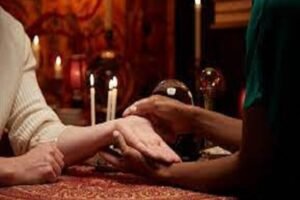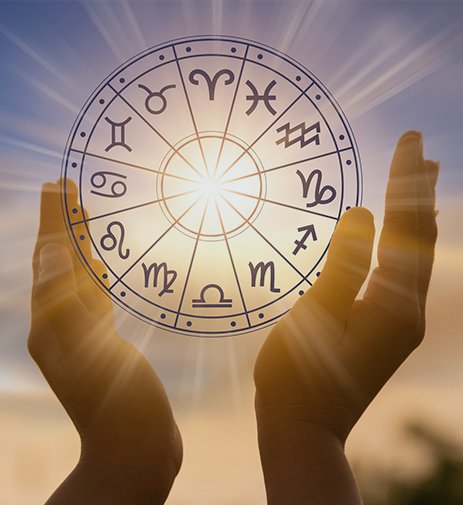Palmistry, also known as chiromancy, is the practice of interpreting the lines and features of the hands, particularly the palms, to gain insights into a person’s personality, future, and potential life path. It has roots in various ancient cultures, including Indian, Chinese, and Egyptian traditions, and has evolved into a popular practice in many parts of the world.
There are several key components of palmistry that are commonly analyzed:
- Lines on the Palm:
- Heart Line: Typically located near the top of the palm, it is believed to reveal information about emotions, relationships, and heart matters.
- Head Line: Found below the heart line, this line is thought to reflect the mind, intellect, and mental approach to life.
- Life Line: This curve, which starts near the thumb and arcs around the base of the palm, is often associated with a person’s vitality, health, and general life journey.
- Fate Line (sometimes): Not present on all palms, this line is said to reflect one’s destiny, career path, or significant life events.
- Mounts:
- The mounts are the raised areas at the base of each finger and on the palm itself. Each mount corresponds to a different planet and is said to represent different traits of character. For example:
- Mount of Venus (base of the thumb) relates to love, passion, and vitality.
- Mount of Jupiter (beneath the index finger) reflects leadership and ambition.
- Mount of Saturn (beneath the middle finger) suggests wisdom, discipline, and responsibility.
- The mounts are the raised areas at the base of each finger and on the palm itself. Each mount corresponds to a different planet and is said to represent different traits of character. For example:
- Fingers:
- The length and shape of each finger can offer clues about a person’s traits. The index finger, for example, can indicate ambition, while the middle finger might point to an individual’s sense of responsibility.
- Other Features:
- Finger Shapes: The shape of the fingers and palms can be categorized into different elements (earth, air, fire, water), each offering insight into personality types.
- Flexibility and Texture: The flexibility of the hands and the texture of the skin can also provide clues about health and character.

Would you like to learn how to analyze your own palm, or are you interested in more details about specific aspects of palmistry?


